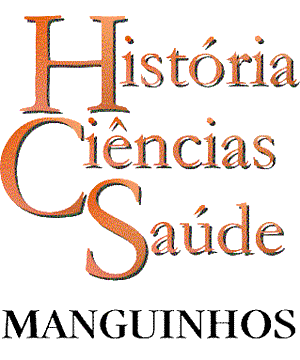Resumo em Português:
Resumo O estigma internalizado ocorre quando o indivíduo tem consciência do estigma a ele atribuído, concordando e aplicando a si próprio os estereótipos negativos sobre sua doença. A internalização do estigma agrava os sintomas do transtorno mental, levando a isolamento, sentimentos de baixa autoestima, culpa e autorreprovação. Buscou-se produzir mais conhecimentos acerca dessa temática, a partir da visão das pessoas com transtorno mental que participam de ações visando construir coletivamente soluções no cuidado em saúde mental. Com o objetivo de analisar o processo de estigma e estigma internalizado, realizou-se pesquisa qualitativa, com entrevistas semiestruturadas. Os resultados revelaram que o estigma internalizado tem efeitos negativos no indivíduo, e que a família tem forte influência nesse processo.
Resumo em Inglês:
Abstract Internalized stigma occurs when individuals become aware of the stigma assigned to them, agree, and apply these negative stereotypes about their illness to themselves. The internalization of stigma aggravates the symptoms of mental disorders, leading to isolation, feelings of low self-esteem, guilt, and self-condemnation. Our goal was to produce more knowledge on this topic from the point of view of people with mental disorders who participate in activities aimed at collectively building mental health care solutions. With the objective of analyzing the process of stigma and internalized stigma, we carried out qualitative research using semi-structured interviews. The results showed that internalized stigma has negative effects on individuals, and that the family has a strong influence on this process.
